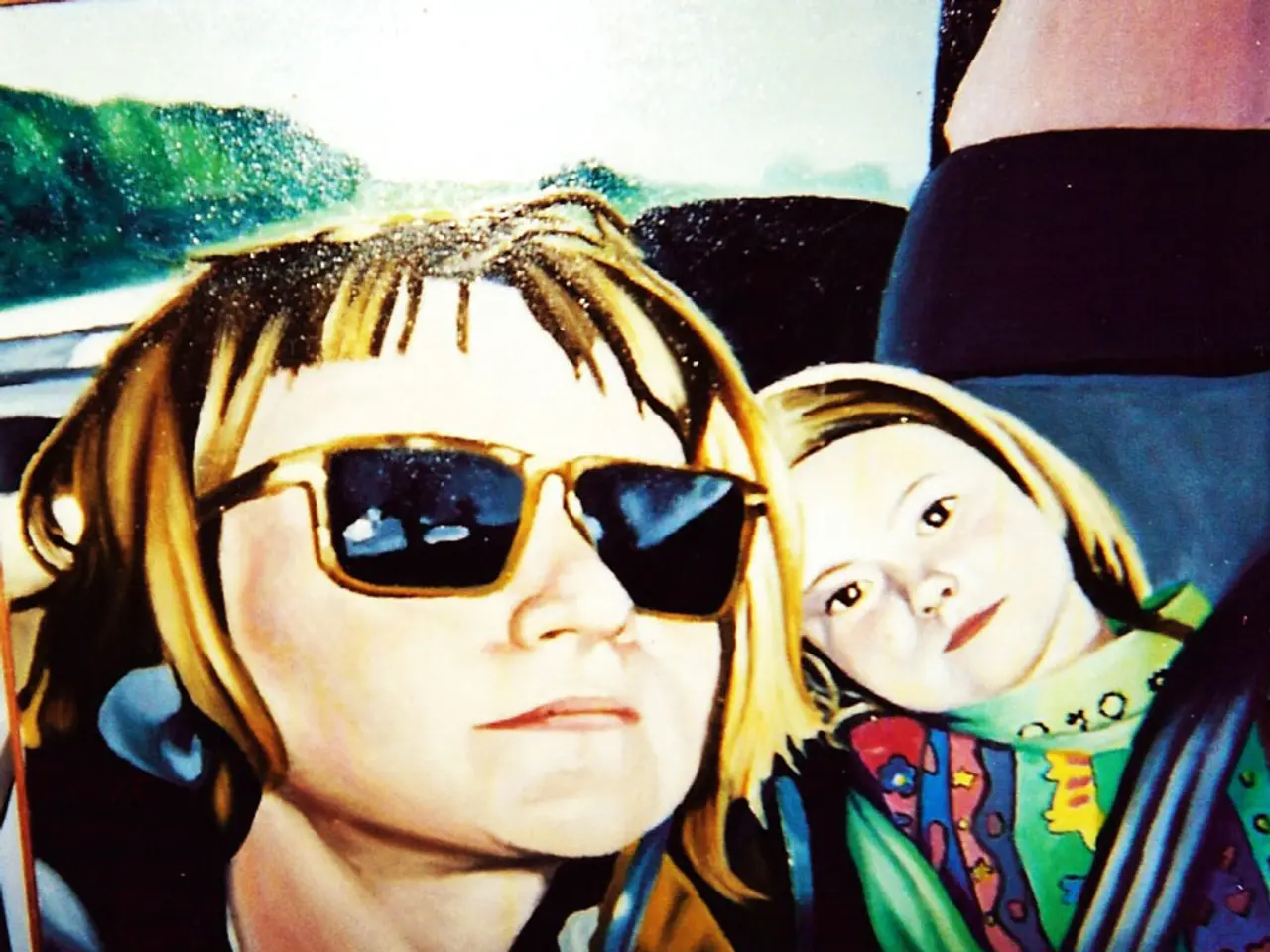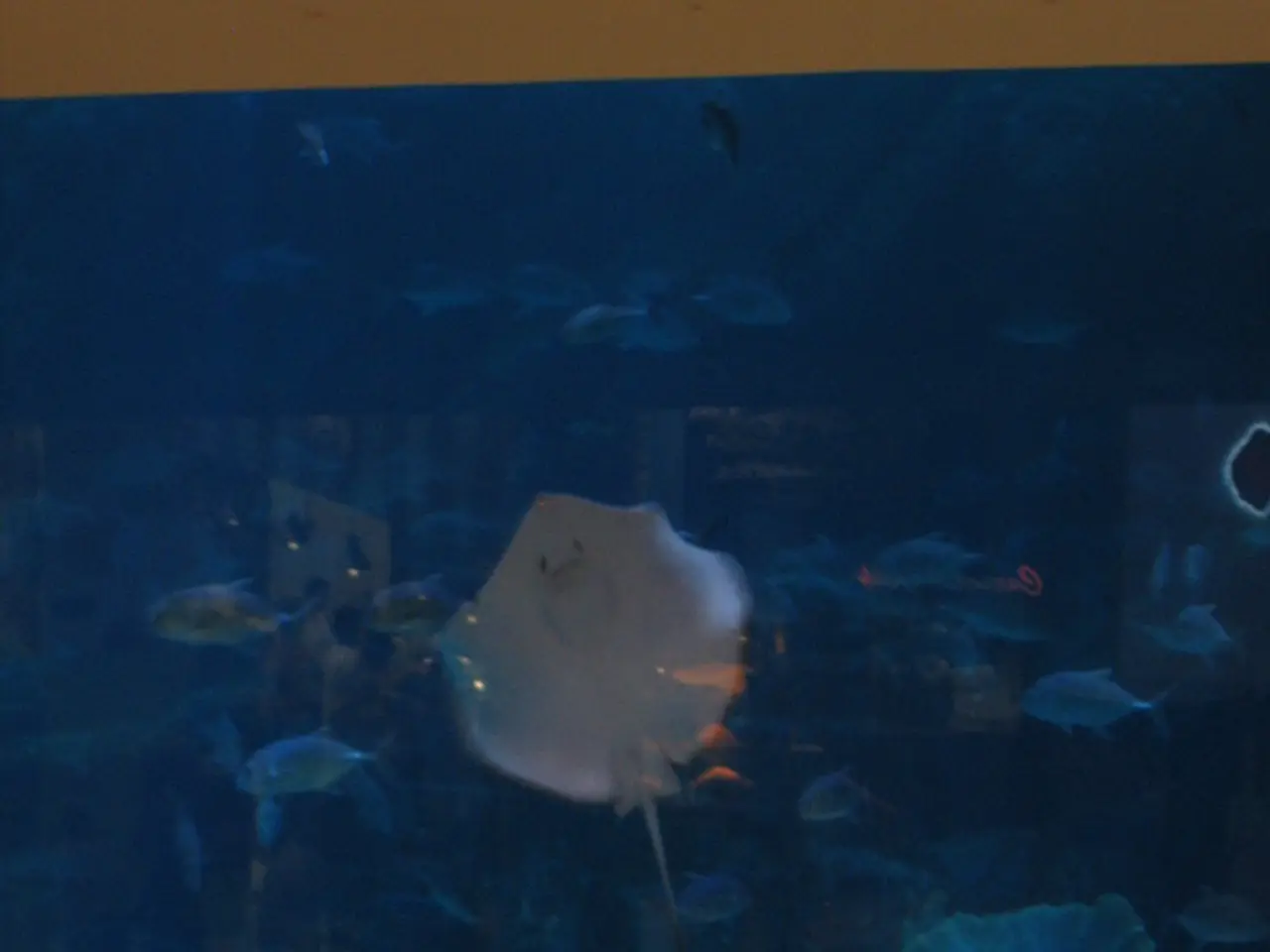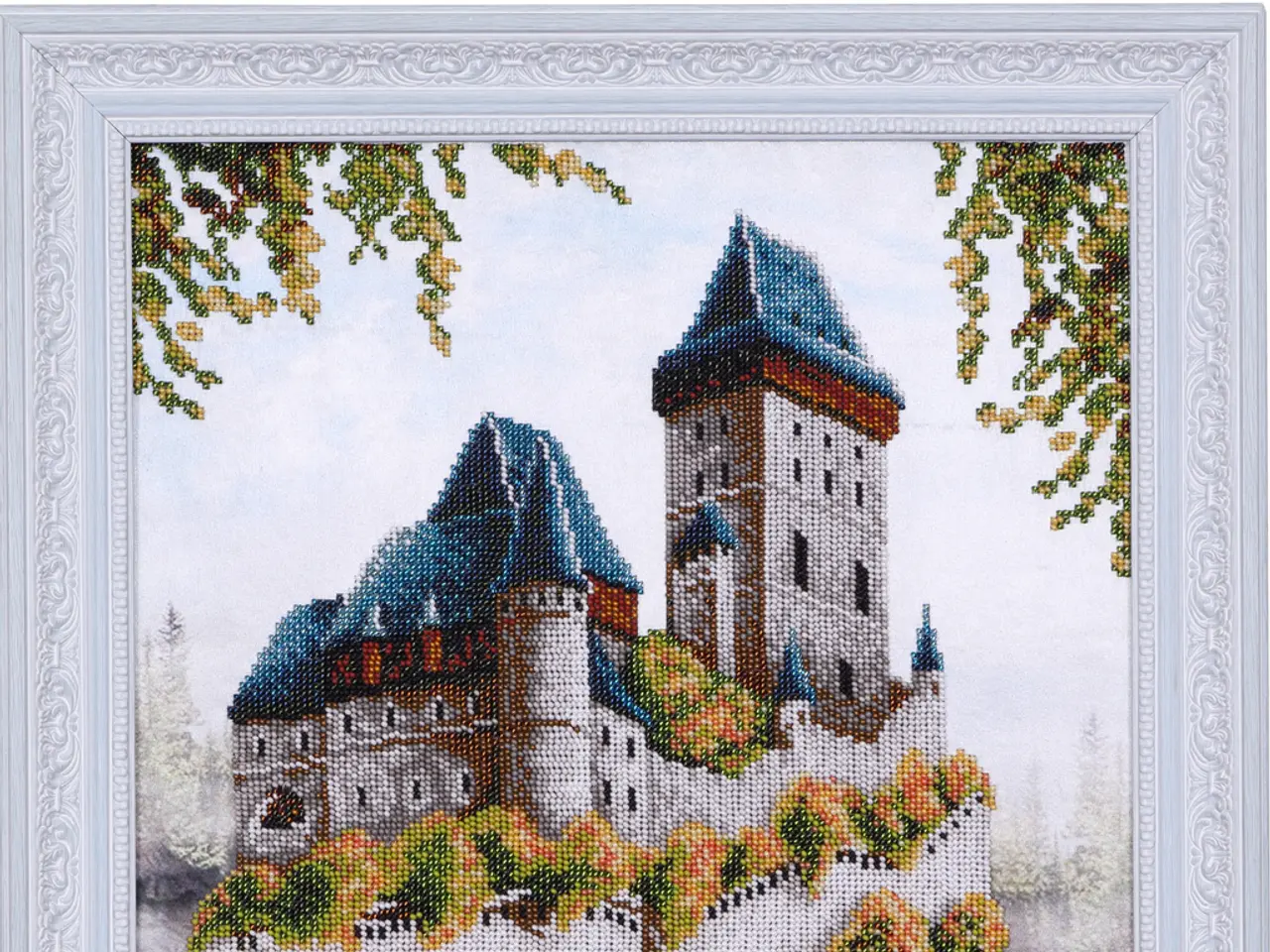Exploring Painted Ceramics: A Creative Handbook for Enthusiasts
Ceramic painting has emerged as a fun and rewarding hobby for many, offering endless creative opportunities. Whether you're a beginner or an experienced painter, there's always room to learn and grow in this fascinating art form. In this article, we delve into advanced ceramic painting techniques that can help you create intricate, durable, and visually dynamic surfaces.
Before we dive in, let's refresh on the basics. Gather paints, brushes, palettes, water containers, and supplies designed for ceramics. Outline your design on bisque with a pencil, and ensure proper drying time for the sealant. Select a bisque that fits the project's size and detail, and remember to clean the ceramic surface thoroughly before painting.
Now, let's explore some advanced techniques that build on foundational skills:
1. Majolica Decoration (Onglaze Technique): This centuries-old method involves applying colored decoration on top of a white opaque glaze (called a tin glaze) at low firing temperatures. It allows for bright, vivid colors that remain on the surface without being absorbed. Steps include applying a smooth base glaze, careful surface preparation, and layering painted motifs before firing.
2. Salt Glazing: Salt glazing involves introducing salt into the kiln atmosphere during high-temperature firing. The salt vapor reacts with the silica in the clay body to form a distinctive glossy, textured surface. This method produces durable finishes with a natural, rustic aesthetic.
3. Glaze Layering and Experimentation: Combining different glaze layers—such as transparent over opaque, or matte over glossy—can produce complex visual textures and depth. Conducting glaze experiments by varying application thickness, firing temperatures, and layering sequences is a useful advanced practice.
4. Surface Preparation and Textural Techniques: Before painting or glazing, thorough surface preparation is essential for adhesion and visual quality. Techniques such as sanding, texturing with stamps, spattering paint, or carving can add dimension to the painted surface.
5. Use of Specialized Materials: Employing high-quality ceramic underglazes, overglazes, and commercial or homemade colorants suited for ceramics ensures durability and vibrancy. Selecting appropriate firing schedules and compatible materials helps prevent crazing, peeling, or color fading.
6. Safety and Firing Considerations: Understanding kiln firing schedules and the chemical behavior of paints and glazes at different temperatures is crucial. Proper ventilation, use of safe materials, and controlled firing conditions prevent undesirable reactions and health hazards.
Advanced ceramic painting requires a blend of creativity, precision, and a deep understanding of various glazing and decorating methods. These techniques open up rich possibilities for decorative expression and durable ceramic art.
Remember, when brainstorming ideas, consider the final use of the piece and choose the right paints and sealing methods to match. Let your creativity guide your choices, and enjoy the process of creating!
[1] Arbuckle, L. (2021). Majolica Decoration: A Comprehensive Guide to Contemporary Studio Practice. Pottery Making Illustrated. [2] [3] [4] Various authors. (2020). Advanced Ceramic Techniques: Exploring Glazing, Decoration, and Firing Methods. Ceramics Monthly.
*Acrylics may suit decorative items like figurines. *Choose a food-safe sealant for functional ware like plates or cups. *Underglazes offer excellent coverage and are best for detailed work. *Glazes add a shiny, protective finish and are available in various finishes. *Apply a coat of glaze for a shiny finish, using the right type for the design.
- For adding textured dimensions to your painted ceramics, consider techniques such as sanding, stamping, spattering paint, or carving before the glazing process.
- To create bright, vivid colors on your ceramics that remain on the surface without being absorbed, you might want to explore Majolica Decoration, an onglaze technique that dates back centuries.
- Advanced ceramic painting techniques often involve the layering of different glazes, like combining transparent glaze on top of an opaque one, to produce complex visual textures and depth.
- If you're working with functional ware like plates or cups, make sure to select a food-safe sealant to ensure the safety of your foods and drinks.




